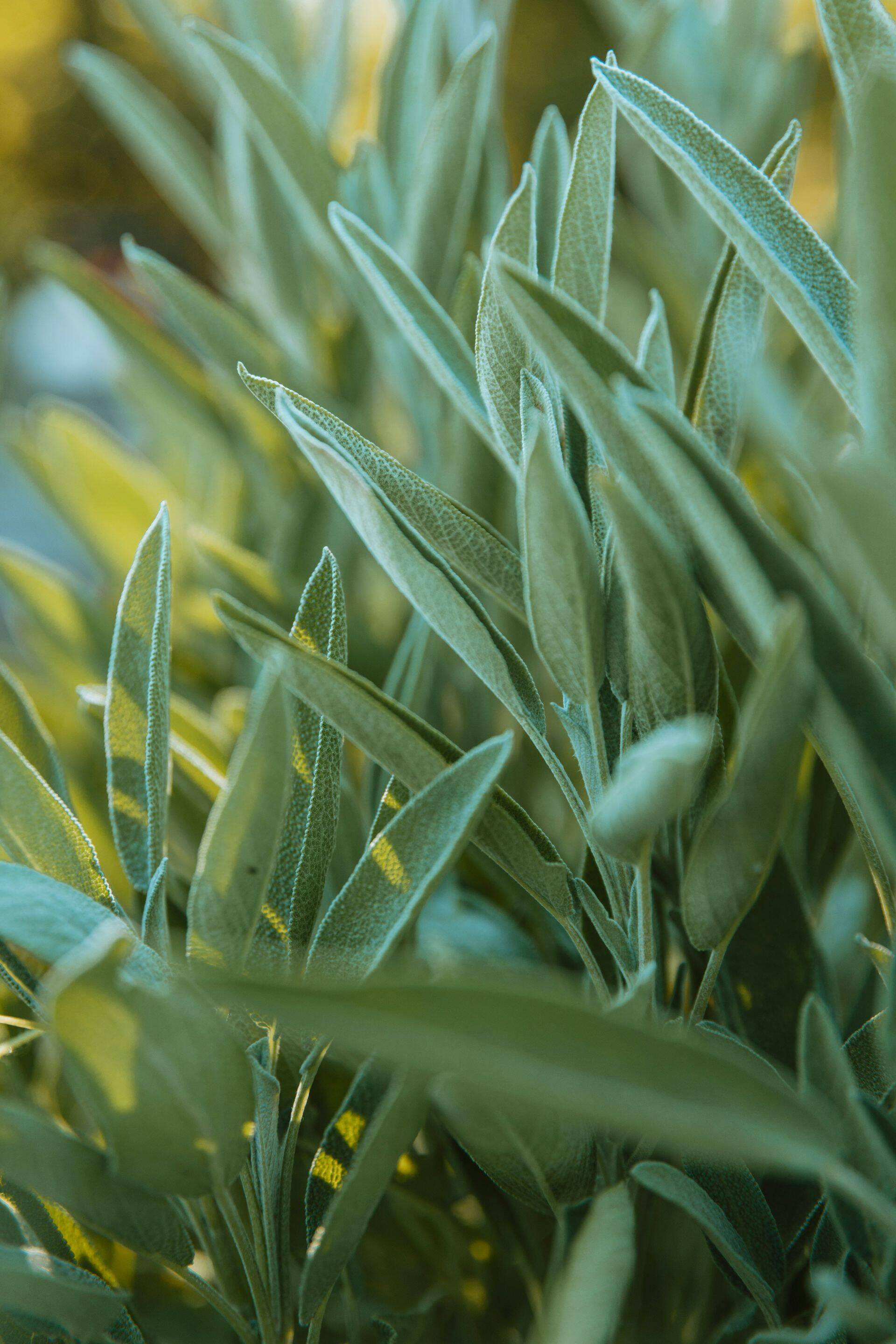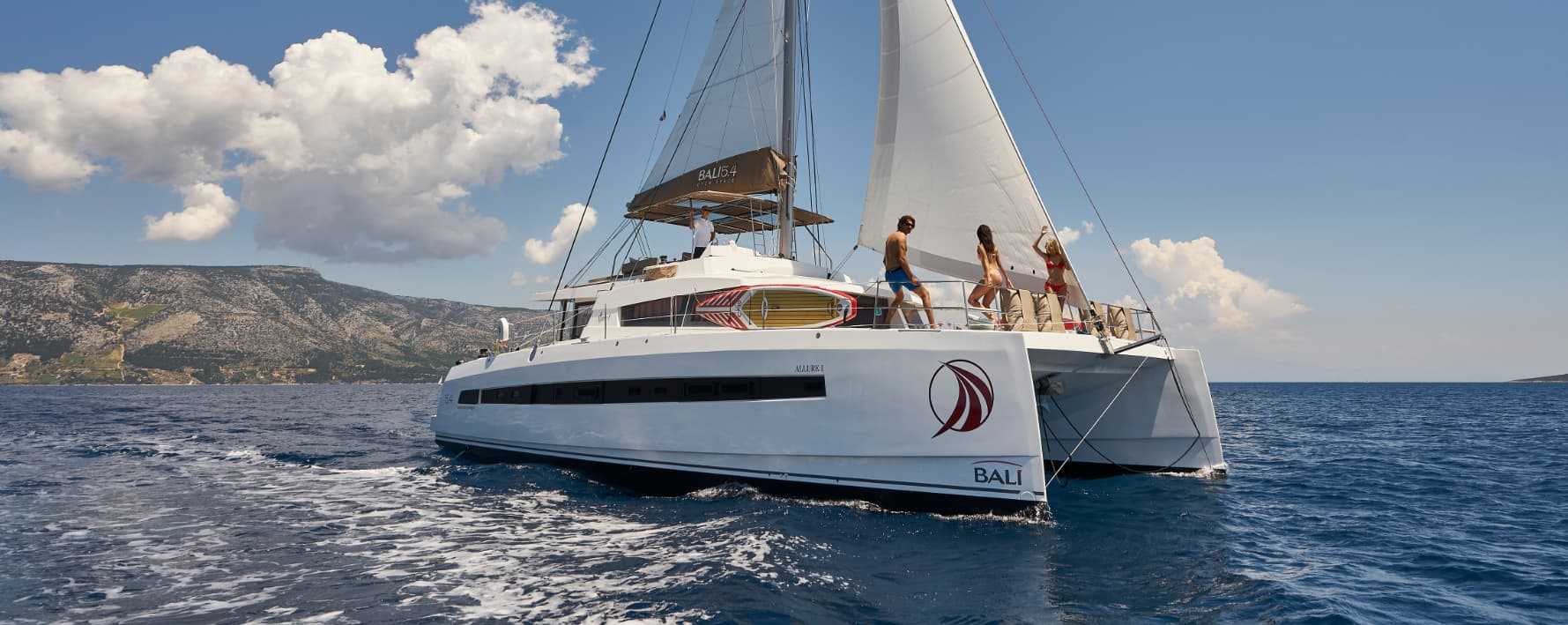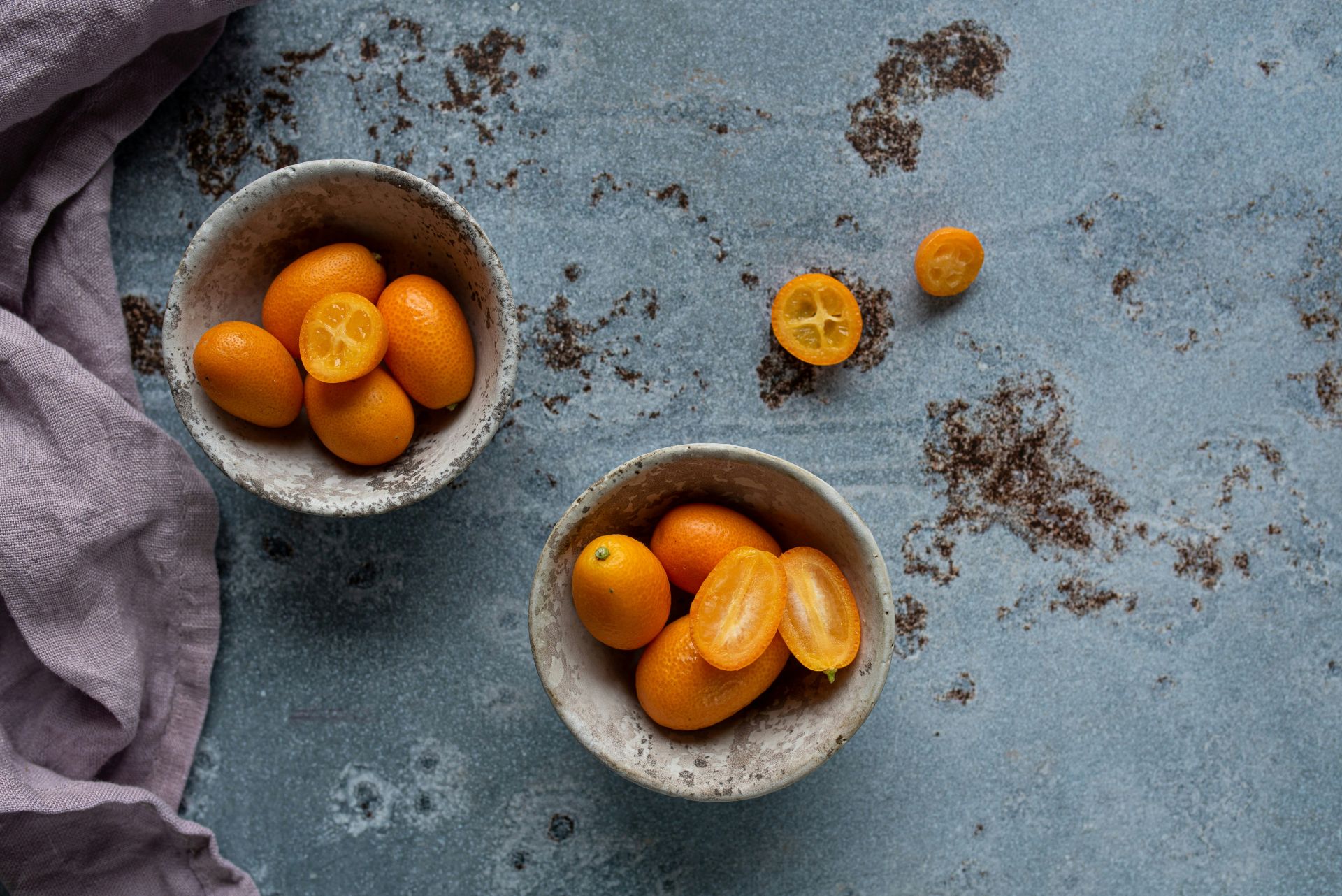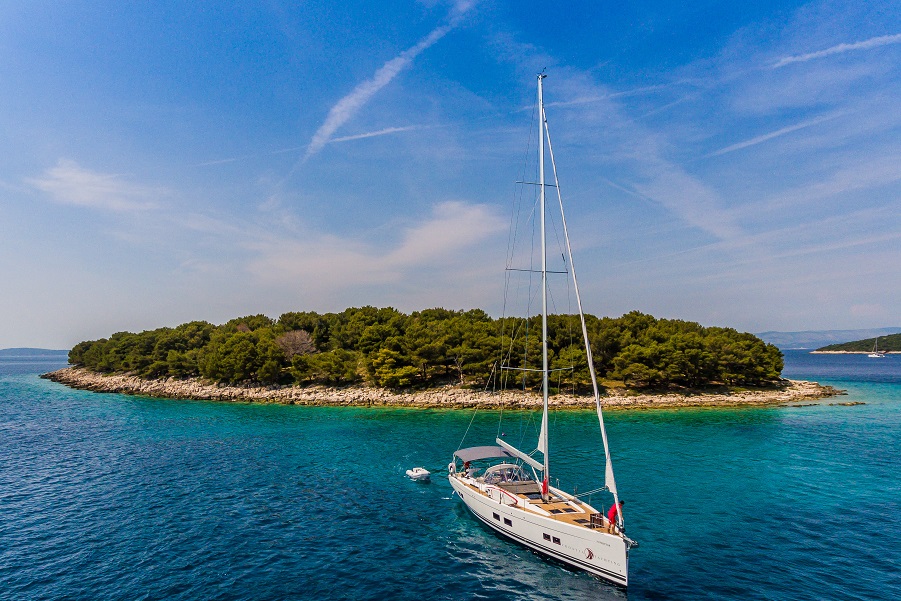Foodie trend! Hyper-local and foraged ingredients from Dalamtia and Istra on the plate

Table of Contents
- The return of forgotten luxury
- Global trends and the croatian context
- Wild herbs: scents of the past in contemporary cuisine
- Forgotten fruits: kumquat, service tree and mulberry
- Mediterranean spices: from myrtle to rue
- Samphire: the weed of the sea turned delicacy
- From fields to culinary stardom
- Foraging as anthropological ritual
- Sustainability
- Back to the future
- Gastro trend
When we speak today about luxury in gastronomy, it is increasingly less about imported caviar or rare French wine, and more about what grows right at our doorstep, hidden in the veins of the soil and the shallows of the sea. Dalmatia and Istria, two regions that diverge in many ways but remain related in their Mediterranean kinship, have become epicenters of a new culinary movement: the return to wild herbs, forgotten fruit species and spices. The trend the world calls “foraging” acquires here a specific, almost mystical significance — because behind every leaf and root lies a layer of culture, memory, and history.

The return of forgotten luxury
Refined hedonism of the 21st century, paradoxically, is not built on exclusive imported delicacies, but on the small gifts of nature that our grandmothers and grandfathers consumed every day, often out of sheer necessity. Today, freed from the context of poverty, these ingredients represent luxury precisely because they demand knowledge, patience, and sensitivity.
Michelin chefs in Istria and Dalmatia — from Rovinj to Hvar — are increasingly placing on their menus what twenty years ago would have been shepherds’, laborers’ or fishermen’s food. On plates we now see samphire, the aromatic coastal plant that grows on unforgiving seaside rocks; wild asparagus, bitter and green, which opens the palate to spring; and immortelle, whose floral bitterness bridges the aesthetics of the perfume industry and the notes on a dish.
Global trends and the croatian context
In the past decade, global gastronomy has opened its doors to wild plants. René Redzepi of noma launched the entire new nordic cuisine movement, where even moss was elevated into a delicacy. In the Adriatic context, samphire and kumquat represent our own response to that global wave: what pine needles are to Scandinavians, the hardy plant standing against the jugo winds is to us.
Today, more and more Croatian restaurants and small producers (OPGs) embrace the phrase hyper-local. This doesn’t simply mean “domestic,” but something unrepeatably tied to place. Samphire from Komiža is not the same as samphire from Hvar—because the salt, rock, and microclimate shape the taste. The same is true for kumquats from Konavle or those from Lošinj. In this way, food becomes not merely a recipe, but a geographical story on a plate.

Wild herbs: scents of the past in contemporary cuisine
Wild herbs of Dalmatia and Istria are not just gastronomic resources but also cultural memory. In folk tales, songs, and even religious rituals, we encounter the plants that shaped the rhythm of everyday life. Wild asparagus, for instance, was not merely food: its picking was a social ritual. In early spring, families would go out into nature, and the skill of finding the slender green shoots was as much practical as it was ceremonial. Besides asparagus, in Dalmatia the service tree (oskoruša) was long treasured, its leaves and fruits used both in cooking and in folk medicine. Sage — the symbol of Dalmatia — was never just a tea or a spice, but also a sacred plant. The old people believed that sage smoke purifies a space from evil spirits, while sage honey was offered as a remedy for all manner of ailments.
In Istria, flora takes a slightly different direction: wild garlic has in the past decade become a hit, though it was used for centuries as a natural antibiotic and vitamin source. Wild arugula, with its nutty intensity, was once often picked on abandoned pastures, while today it is a pride of the fine dining scene.
On the boundary between gastronomy and pharmacopeia lies immortelle — the “flower that never fades,” as eternal as the Mediterranean philosophy itself. Today, a small bottle of luxurious cosmetics sells for hundreds of euros, while laborers of old gathered it daily, steeping it in olive oil or brandy.

Forgotten fruits: kumquat, service tree and mulberry
A special layer of this story belongs to fruit. While today’s consumer is accustomed to the standardized image of an apple or pear, Dalmatia and Istria hide an entire taxonomy of forgotten — often nearly extinct — fruit species.
The service tree, once a staple of village yards, is today known as “the disappearing fruit.” Its overripe autumn fruits, once collected by children, have a specific, slightly fermented note, perfect for marmalades or brandies. Mulberry, once feeding not only people but silkworms, has almost completely vanished, even though its sweet, slightly tart berries were synonymous with the childhood of Dalmatian hinterlands.
On the coast, in Blato on Korčula or Mljet, grows the kumquat — a citrus of miniature dimensions, a mascot of the micro-Mediterranean climate. For centuries, kumquats were an exotic addition to desserts and brandies, and today they are enjoying a renaissance as a sophisticated aperitif fruit or dessert garnish.
In Istria, the cult of the cornelian cherry is being revived, its red berries still used for liqueurs and jams, with traces of cultivation that stretch back to ancient villas.
Mediterranean spices: from myrtle to rue
The culinary map of Dalmatia and Istria does not end with figs and rosemary. There are also spices that are now almost absent from daily use, but which for centuries shaped the region’s taste.
Myrtle is one example. Its berries are used in liqueurs in Sardinia and Corsica, but also in Dalmatian tradition, where its fragrant branches symbolized both purity and eros. Myrtle liqueurs, still hand-crafted in Konavle or on Brač, evoke the atmosphere of ancient feasts.
Rue, once used in folk medicine to strengthen the stomach, is today returning in the mixology of modern cocktails. Its bitterness perfectly balances today’s gin and tonics, creating a bridge between past and present.
We should not forget wild fennel, collected along dry-stone walls and field edges. Though a humble plant, it has a dual history: at once food and medicine, at once a subtle aroma and a powerful digestive.
Samphire: the weed of the sea turned delicacy
Samphire is rich in vitamin C, which once made it almost a medicine: sailors carried it on long voyages to prevent scurvy. Today, in the era of superfoods, it has been overshadowed by chia and spirulina—but chefs are returning to it precisely because it carries the unmistakable stamp of place.
On the island of Vis, tourists taste it in the form of pickled salads, while fine dining restaurants in Zagreb take it a step further—serving it as a foam, a powder, or an oil emulsion. Its distinct flavor—a blend of sea, lemon, and young pine—pairs beautifully with white wines such as Pošip or Grk.
But perhaps the true essence of samphire is best understood when eaten raw, straight from the rocks. This “primitive luxury” pulls us back to the elemental—just as Kierkegaard spoke of the individual confronted with oneself, samphire confronts us with a taste that resists refinement, yet seduces through its very ruggedness.

From fields to culinary stardom
One of the strongest dimensions of this return to local and foraged ingredients is their incorporation into haute cuisine. Restaurants in Dalmatia and Istria, especially those with Michelin stars, are creating narrative menus that weave terroir with innovation. In Dubrovnik, for example, one can taste tuna carpaccio seasoned with caper blossoms and samphire emulsion. In Istria, white truffle is no longer the sole king — it is often paired with wild arugula or creamy bases made of wild garlic. What was yesterday “poor man’s food” is today a marker of ecological awareness, sustainability, and refined taste. In the words of a young sommelier from Rovinj: “Our terroir is not only wine and olives. It’s also all those wild flavors born between sea and hill.”
Foraging as anthropological ritual
Gathering wild plants is not just a gastronomic trend, but also an anthropological act. It establishes a dialogue with the land, the microclimate, and history itself. The forager — be it a professional chef or a local picker — becomes the mediator between nature and culture. Goethe once wrote that “Nature is never dead, it always whispers,” and that whisper is exactly what today’s forager hears while walking between pines, stones, or vineyards in the field. Kierkegaard might have said that asparagus picking is a “pause before eternity,” a moment in which the individual unites existential longing with the tangible gift of the earth.
In this sense, gathering samphire from the coast or service tree fruits from the hillside is not merely a practical act — it is a ritual of releasing memory and immersing oneself in identity.
Sustainability
With the rise of interest comes the question of sustainability. Wild plants are not infinite, and their overexploitation has already caused problems in many Mediterranean countries. Legislations now regulate the gathering of samphire, immortelle, and other species to prevent devastation. Ethical foraging does not mean abstaining, but balancing. European slow food and hyper-local cuisine movements promote seasonal and selective gathering. The real value of foraging is not in quantity, but in quality and respect for ecosystems. If each person gathers just a few branches of immortelle, the plant regenerates; if a van of industrial pickers arrives, the entire landscape disappears.

Back to the future
Can the future of Dalmatian and Istrian cuisine be shaped precisely through the return to wild and foraged ingredients? All signs point to yes. Young chefs, sommeliers, and local communities are increasingly organizing foraging workshops, gastro-tours through olive groves and vineyards, and festivals dedicated to native plants.
Gastronomy thus joins tourism and ecology, creating a new type of luxury — one not based on extravagance, but on authenticity and connection with the homeland.
Gastro trend
Hyper-local and foraged ingredients in Dalmatia and Istria are not just a passing trend, but a cultural revolution that brings back to the table plants and fruits from oblivion, transforming them from symbols of poverty into signs of refined taste. Wild herbs, mulberry, service tree, kumquat, immortelle, or myrtle — all together make up the “new luxury” of the Mediterranean: the luxury of simplicity, authenticity, and sustainable relationship with nature.
In a world longing for originality, Dalmatia and Istria reveal that the deepest inspiration is not found in the exoticism of distant lands, but in the whispers of their own fields, dry-stone walls, and cliffs. And perhaps it is precisely this return to roots — that is the most radical and most modern act that Mediterranean gastronomy can offer today.
















